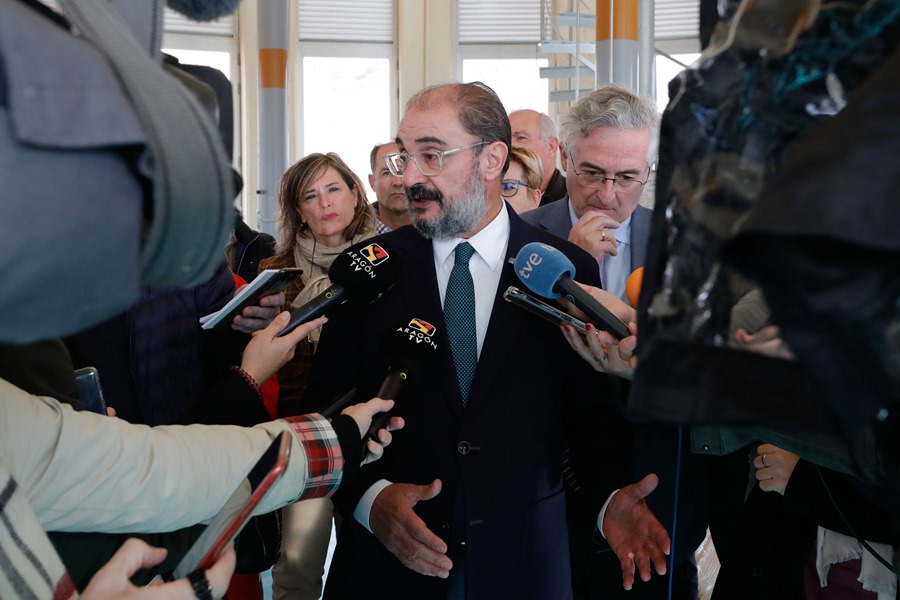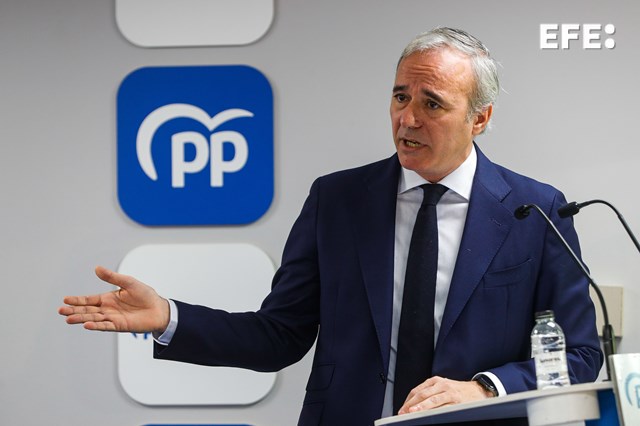A dozen formations will fight this 28M to enter the Cortes of Aragon and then participate in the agreements that give rise to a new Government. The current president and socialist candidate, Javier Lambán, was able to govern these last four years thanks to the pacts. Everything indicates that, if he wants to repeat, he will have to do the same from May 29. A new candidate has emerged as a competitor, Jorge Azcón, of the PP, who could achieve victory, according to the polls, and be the one who leads the search for post-electoral agreements.
Here are some facts:
Electoral system
A total of 1,018,967 voters has Aragon, the majority, 739,290, specifically, coming from Zaragoza. Teruel has 106,308 and Huesca, 173,369.
67 deputies and deputies form the Courts of Aragon, from three constituencies (the three provinces).
Being the most populated, Zaragoza covers 35 seats; Huesca, 18; and Teruel, 14.
To enter the Cortes, it is essential that the candidacy exceed 3% of the valid votes cast.

2019 results and prospects for 28M
The PSOE, led by Javier Lambán, won the elections 4 years ago thanks to its 24 seats. The PP, second with 16, and Cs, third with 12, added more.
But the socialist leader wove pacts with two nationalist-regionalist forces, CHA and PAR (3 seats each), and then with Podemos (5), and thus achieved an absolute majority.
You will have to do something similar as of Monday May 29 if you want to continue in the Government, although it is likely that you will run into more difficulties.

The CIS barometer of May 11 practically placed PSOE and PP in a technical tie (both between 24 and 28 seats).
The future Aragonese government will depend on how Podemos and CHA turn out, on the one hand, and Vox, on the other. However, according to this survey, the deputies who obtain the candidacy of Teruel Existe-La España Vaciada (4, according to the CIS) will have the key.






